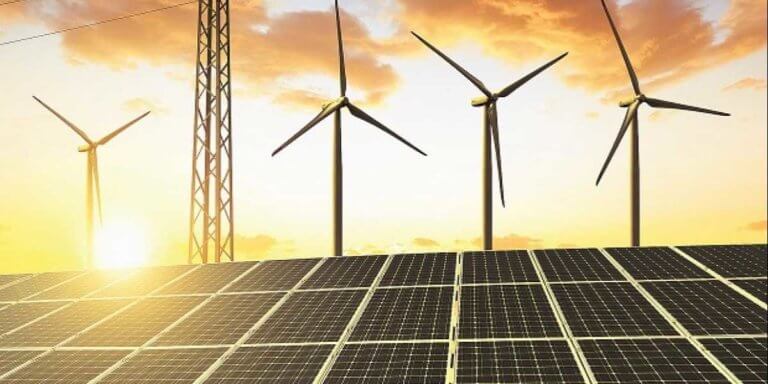Fun Fact About Geothermal Energy
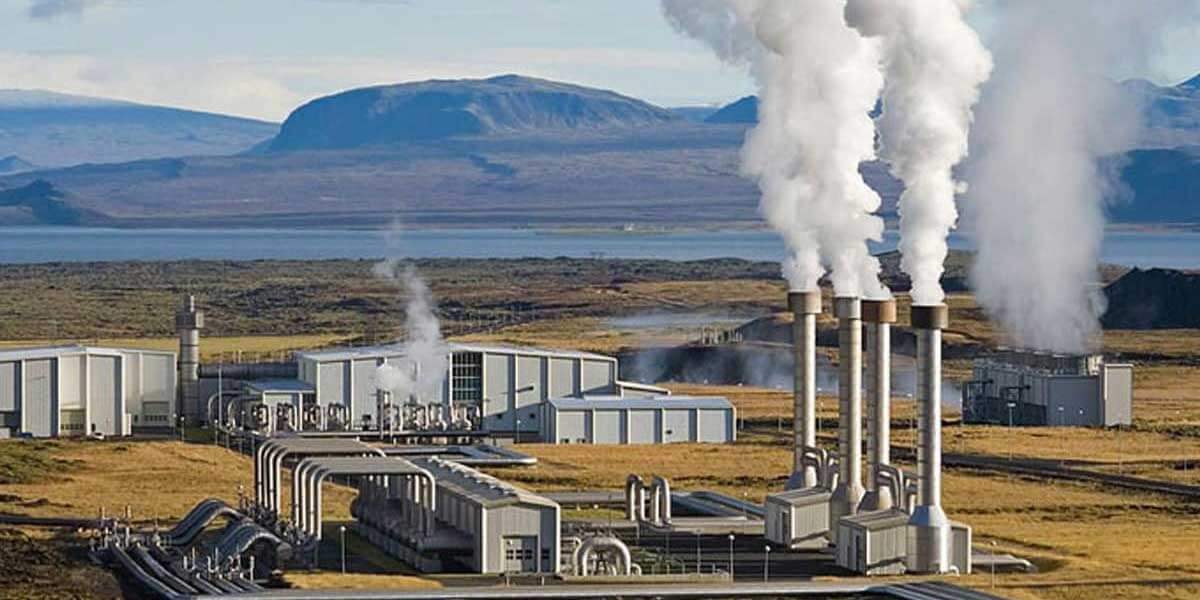
Geothermal Energy has been used for countless years in some nations for cooking and heating. It is merely power derived from the Earth’s internal heat. Thermal energy can be found in rocks and fluids beneath Earth’s crust.
It can be discovered from the shallow ground to numerous miles below the surface area, and even further down to the incredibly hot molten rock called lava. Before we enter the enjoyable facts, let us likewise get into how they are produced and used in society.
How Is Geothermal Energy Produced?
Geothermal electricity is produced by digging wells as deep as a mile or more. This allows us to access the underground reservoirs to tap steam and very hot water that drive turbines linked to electricity generators.
The very first geothermally generated electrical energy was produced in Larderello, Italy, in 1904. There are 3 kinds of geothermal power plants: dry steam, flash, and binary.
Dry steam, the earliest geothermal technology, takes the steam out of the cracks in the ground and use it to drive a turbine. Flash plants pull deep, high-pressure hot water into cooler, low-pressure water. The steam that is got from this process is used to drive a turbine.
In binary plants, the hot water is gone by a secondary fluid with a much lower boiling point than water. This results in the secondary fluid turning into vapor. It is expected that most power plants in the future will be binary plants.
Geothermal energy is produced in over 20 countries. The United States is the world’s biggest producer, and the largest geothermal advancement worldwide is The Geysers north of San Francisco in California.
In Iceland, a number of the structures and even swimming pools are warmed with geothermal warm water. Iceland has at least 25 active volcanoes and many hot springs and geysers.
How Is It Used?
These underground tanks of steam and hot water can be tapped to produce electrical energy or to heat and cool structures directly.
A geothermal heat pump system can benefit from the consistent temperature level of the upper 10 feet (three meters) of the Earth’s surface area to heat a home in the winter season while drawing out heat from the structure and moving it back to the relatively cooler ground in the summer.
Geothermal water from much deeper in the Earth can be used directly for heating houses and offices, or growing plants in greenhouses. Some U.S. cities pipeline geothermal warm water under roadways and sidewalks to melt snow.
Advantages and Disadvantages Of Geothermal Energy
There are lots of advantages of geothermal energy. It can be extracted without burning a fossil fuel such as coal, gas, or oil.
Geothermal fields produce only about one-sixth of the co2 that a relatively clean natural-gas-fueled power plant produces.
Binary plants launch no emissions. Unlike solar and wind energy, geothermal energy is always offered, 365 days a year. It’s likewise relatively inexpensive; cost savings from direct use can be as much as 80% over fossil fuels.
But it has some environmental issues. The primary concern is the release of hydrogen sulfide, a gas that smells like rotten eggs at low concentrations.
Another concern is the disposal of some geothermal fluids, which may include low levels of hazardous materials. Although geothermal websites can supplying heat for lots of years, ultimately particular areas may cool down.
Fun Facts About Geothermal Energy
1. Geothermal energy is energy created by heat saved underneath the Earth’s surface.
2. Geothermal energy is frequently referred to as geothermal power.
3. Geothermal energy produces less than 10 % of the world’s energy. Which is much more than wind turbines and solar panels produce world wide.
4. Geothermal energy is safe and clean for the surrounding environment.
5. Geothermal energy is sustainable because warm water can be re-injected into the ground.
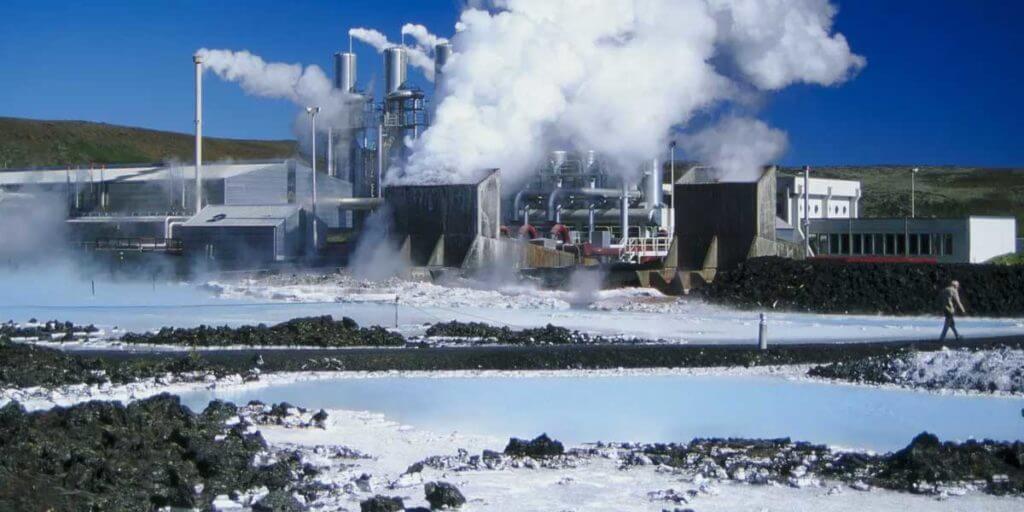
6. Geothermal energy is very cost-competitive in ideal locations.
7. Geothermal energy ideal areas aren’t commonly spread.
8. Iceland’s main energy source is Geothermal energy.
9. Geothermal energy is an essential energy source in volcanically active locations such as brand-new Zealand and Iceland.
10. Geothermal energy can be found in the kind of volcanoes, warm springs and geysers.
11. Geothermal energy has 3 primary usages: Heating, Electrical energy generation and Geothermal heat pumps.
12. Geothermal energy exploit utilizes 3 basic kinds of geothermal power plants: Dry steam, Flash steam and Binary power plant.
13. Geothermal energy usage has very low emissions of greenhouse gases to about 3% of the co2 emissions of a fossil power station.
14. Geothermal energy is commonly utilized in California with more than 30 geothermal power plants that are producing more than 90 % of the geothermal electrical power in the U.S.A.
15. Geothermal energy’s amount of electrical power is less than 1% of overall electrical energy produced in the U.S.A. Geothermal energy and biomass energy have been growing in recent years.
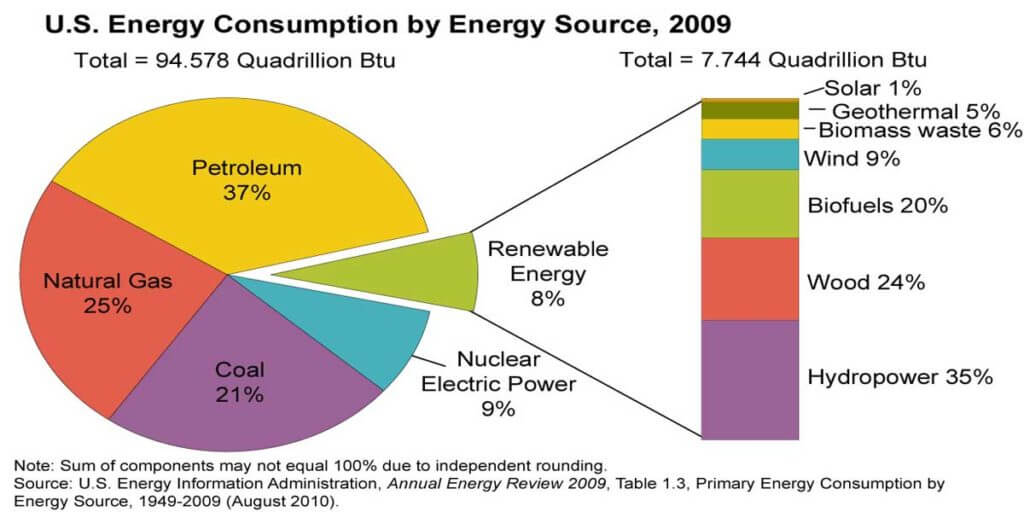
16. Geothermal energy is also extensively utilized in the state of Nevada.
17. The greek words “geo” (Earth) and “therme” (heat) were used to create the term geothermal energy.
18. Geothermal energy has a minimum unfavorable ecological impact.
19. Geothermal energy is providing 18 % of Iceland’s overall electrical energy.
20. By the year 2050, Geothermal energy will produce 10% of U.S. electricity.
21. Geothermal energy could supply the U.S. with more than 30,000 MW of power by 2025.
22. Geothermal energy does not depend upon the sun like other renewable energy resources.
23. Geothermal energy commonly exploited in Iceland, New Zealand, Japan, Italy, Philippines and in the U.S.A. mainly in California and Nevada.
24. Geothermal energy is taken from Earth with the help of geothermal heat pumps.
25. Geothermal energy can be easily found and made use of along the “Ring of Fire” area.
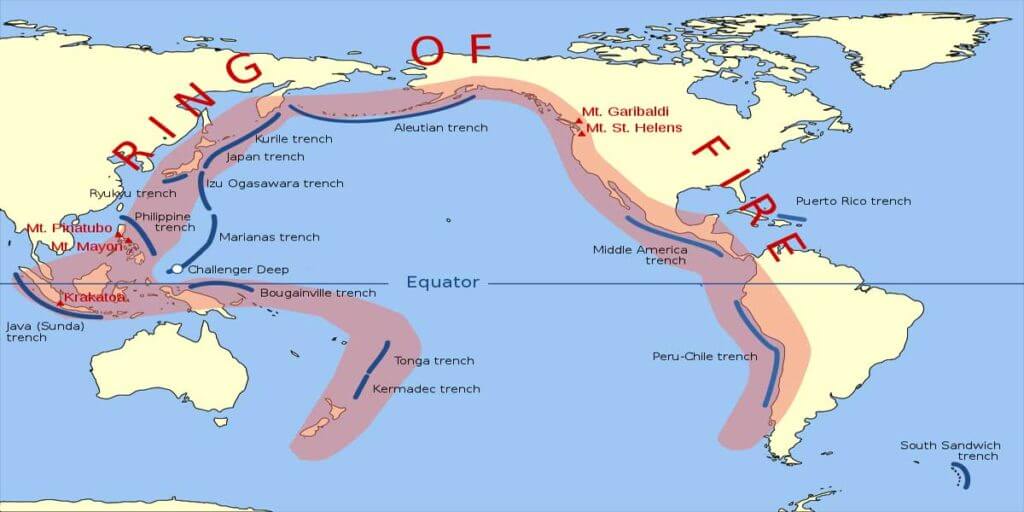
26. Geothermal energy is incredibly efficient (nearly 100 %) energy source where just a real source of losing energy is from turbine friction.
27. Geothermal energy has only one genuine issue, which is the absence of quickly accessible sites.
28. Geothermal energy’s benefit is also the reality that geothermal power plants constantly run day and night with an uptime generally exceeding 95%.
29. Geothermal energy’s advantage is also the fact that geothermal power stations are relatively small, and have a lesser effect on the environment than, for example, hydroelectric plants.
FAQs



